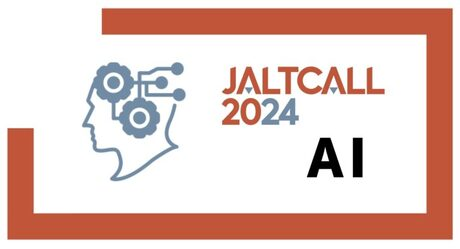Speaker
Description
In recent years it has been a daunting task for teachers and educators alike to grasp the concept of AI in higher education. In our case we felt challenged about whether or not we should implement AI into our language learning program with so many unknowns. We soon realized a lack of informative classroom research into practices for adopting AI as an effective learning tool in the language classroom existed. We proceeded with caution and after our initial trials we decided on a free version of Cathoven, an AI application with various teaching and learning tools, and set up a pilot study based on using the CEFR Checker. Primarily we focused on supporting first year language learners using a tool called a CEFR Checker, in two capacities. In the first communication class we implemented and investigated how to use the text analyzer tool with students, in activities whereby students set up private accounts and analyzed their own written text and used vocabulary, verb forms, and sentence structure feedback results to self-evaluate their level of language and performance. Findings showed students gained insight into their own written English production, and that students were motivated and used feedback differently to improve their language for overall development. Students were then given a survey regarding the utilization of the text analyzer tool to inform on their experiences and opinions and other ideas. In the second communication class we applied the text analyzer tool to transcripts of video recordings at the end of the semester for the purpose of examining students' results to explore possible methods for conducting either formative or summative assessment. Findings showed future potential for using this particular AI-CEFR Checker for student grading, as well as designing authentic course materials and other resources for activities for specific level language objectives.
| Keywords | AI, CEFR, self-checking |
|---|

